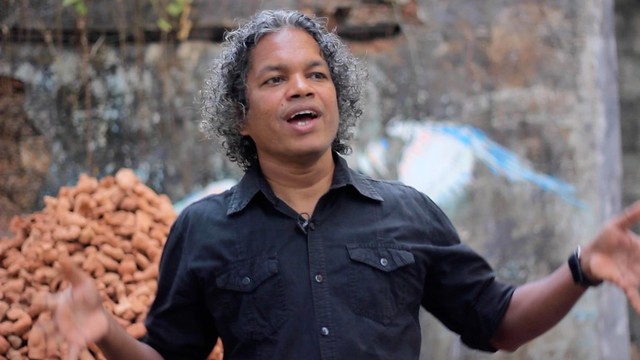That’s what I did because the cost of a cabin was so outrageously expensive. From the North Cape, I just purchased the 8-day ride (no cabin) to Bergen. I had my sleeping bag and air mattress, so I combined them with the plush carpet and enjoyed all the space. When it was time for a shower I just hopped first into the hot tube in the back of the boat, gazed out at glaciers and then rinsed off in the all-inclusive showers.
Just when I started to catch cabin fever, the Hurtigruten would dock in a town on the coast and I’d have time to run ashore and take a look around. During one stop, I also had the chance to eat whale meat, which is quite unique in it’s taste and texture. It looks like a big juicy steak but has a light fishy / sea flavor and is tender as butter.
Finally, we made it to Bergen, a real gem of a city. My good luck continued and arrived on the sunniest week of the year. The old Hanseatic quarter, Bryggen, next to the wharf, was fascinating with its old buildings from the 14th to 16th century. They’re all built from wood, wall on wall, with only narrow passageways between them providing access to the harbor. In the old days, goods and fish would be loaded on and off the ships and brought into the buildings for storage. Some of the old pulleys and structures to haul up the goods up the different floors are still there as well.
Today you can tour some of the remaining houses and see how packed the seamen stayed together even when sleeping on land. Some of the lads slept two to a bed. All you needed to do was imagine the piss, dried fish, sweat and sea smells together with the fact that there was only wood to burn for heat and you’ll quickly come to the conclusion that living at a modern but crowded youth hostel with pubescent teens is infinitely superior to the old Hanseatic days.

The artist, Rajan Krishnan, decided to explore this idea by creating a large-scale installation he called ORE. Working together with a community workshop and first-time artists, they created countless miniature figures from clay. Together these terracotta pieces are heaped together and form a mound.
Like the mystery of a mound in nature, what figures and shapes does the mound of ORE hide away? Watch an interview conducted while the artist displayed part of this work, ORE, at the Gallery OED in Kochi, INDIA in 2014.
You can see an unedited version of this interview here: https://youtu.be/AF1b6AjOyzc
A big thanks to Dilip Narayanan, Gallery Director, for the support in making this interview possible.